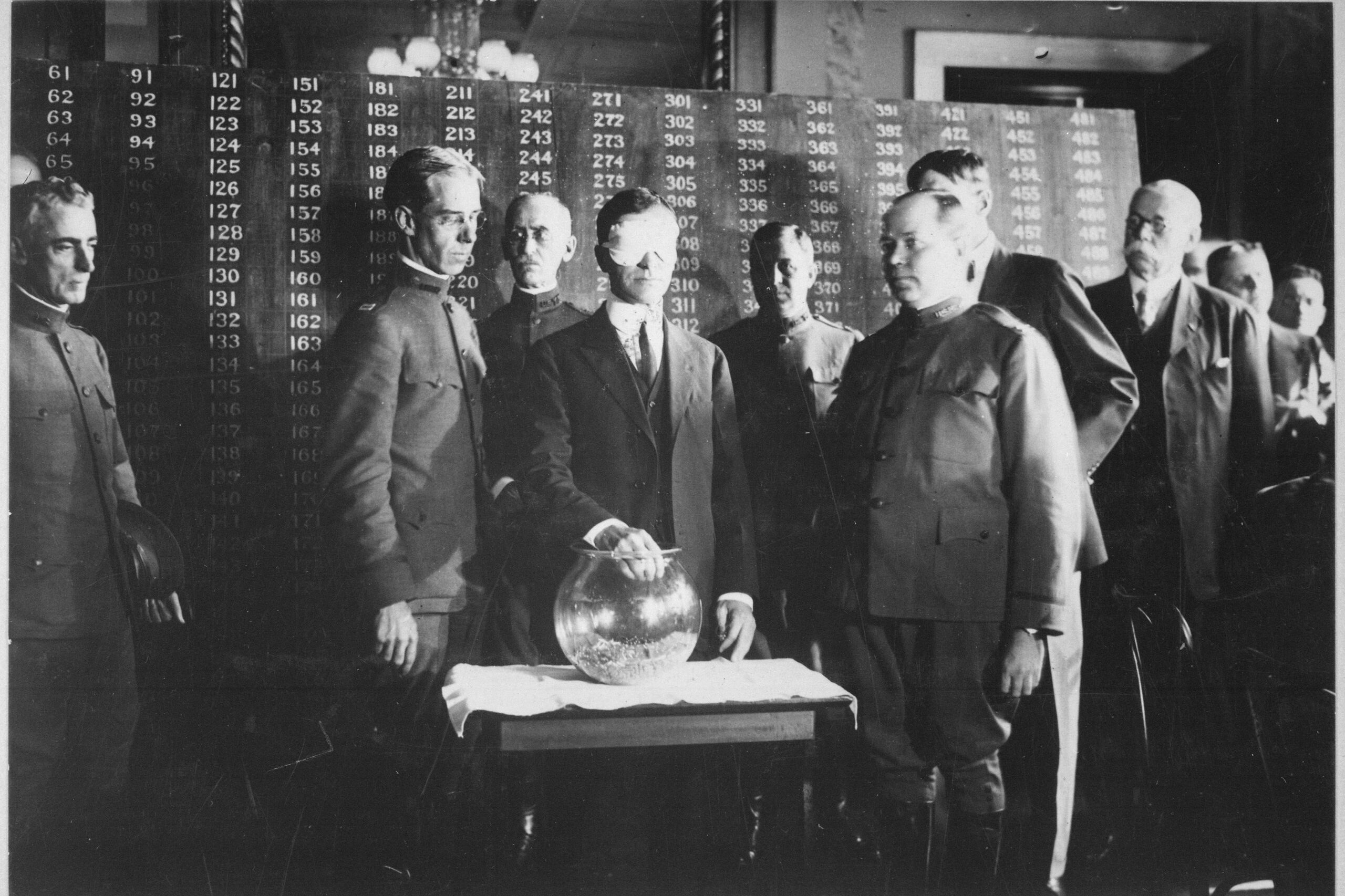Doc7505
Diamond Member
- Feb 16, 2016
- 16,731
- 29,731
- 2,430
Preparing for the Possibility of a Draft Without Panic

Preparing for the Possibility of a Draft Without Panic - War on the Rocks
Conscription — a practice most Americans believe should be relegated to the dustbin of history — has returned as an uncomfortable topic of conversation
warontherocks.com
Conscription — a practice most Americans believe should be relegated to the dustbin of history — has returned as an uncomfortable topic of conversation among U.S. allies and adversaries alike. This has generated concern and even conspiracy theories among American voters. But a candid discussion would be healthier. The fact is, if the United States hopes to deter or defeat a Chinese attack on Taiwan, it should be prepared to effectively implement a draft. To be clear, this is a solution of last resort, but one that may be necessary.
Right now, U.S. mobilization has not been tested in decades. As a result, current ideas about how it would function are woefully out of date. Being prepared to execute a draft requires buy-in from across all branches of government — and society writ large.
At a minimum, the executive branch and Congress should actively pursue a more proactive approach. The National Security Council should take the lead on mobilization exercises. Congress should also get out ahead on expanding Selective Service System registration to all Americans between the ages of 18–25, thereby preventing future legal challenges to the current all-male registration system when time may be of the essence. Policymakers should also consider the skills that would be required in a future conflict and how the nation would sustain its economy while maintaining the human capital required in large-scale combat operations. Finally, the professional all-volunteer force should consider and train for a possibility in which they would have to absorb conscript forces into their ranks.
~Snip~
A recent proposal to automate Selective Service System registration for men on their 18th birthdays coupled with debate that the current all-male registration should be expanded to include all Americans has generated public rumors that the nation is on a wartime footing. These concerns are unfounded, but Americans’ confusion and anxiety over the use of the draft is understandable.
~Snip~
However, the burden of service was no longer shared by all American men, as many in the upper and middle classes could avoid it with relative ease. When the demand for and deployment of conscripts increased as the United States entrenched itself in Vietnam, resistance to the draft grew rapidly.
In the years since the transition to the all-volunteer force, any discussion of reintroducing conscription has generated fear of returning to the Vietnam-era draft. However, current circumstances more closely mirror the political state of the nation in the mid-1910s than the 1960s. Today, the United States is as far from the last use of conscription during the Vietnam War as the drafters of the 1917 Selective Service Act were from the Civil War.
~Snip~
Conclusion
The all-volunteer force was always intended to be supported by a stand-by draft. That being said, it should be understood — by political leaders, military leaders, and, perhaps more importantly, by the American public — that conscription is and must necessarily be the option of last resort. The political will that would be necessary to move the needle on any issue involving conscription is nearly insurmountable. As such, it is likely that the only circumstance where the reintroduction of conscription would be even plausible is a crisis of the highest order — the very same motivation that is spurring Ukraine, Taiwan, and many others to reexamine their conscription systems.
Commentary:
"You go to war with the army you have, not the army you might want or wish to have at a later time." ~~ Donald Rumsfeld
With the advances in technology the reality of war brcomes more and more a possibilty.
Along the the advances comes the devatation and speed of attack.
Study history: They tend to reserve the word ‘war’ more for aggression between nation states, but if you include territorial warlords all the way down to village tribalism in that category, the times of greatest peace are experience by those who are strongest and all their neighbors know it, and is an exception, not a rule.
War is an unavoidable feature of humanity
In the end it comes down to boots on the ground.
The fact is, if the U.S. hopes to deter or defeat a Chinese attack on Taiwan, an Iranian attack on Israel, or Russia expands it's war on Ukriane into Europe, it should be prepared to effectively implement a draft. To be clear, this is a solution of last resort, but one that may be necessary.
The other scenario one must look at is, if we are “attacked” by China or Russia it would escalate faster than a fat ass Command Sergeant Major from Minnesota could roll himself over to the cabinet to pull out the plan.
Our military might recall people from the Individual Ready Reserve (IRR), but they have no need for Gen Z malcontents.
If that happens, the war is already over.
